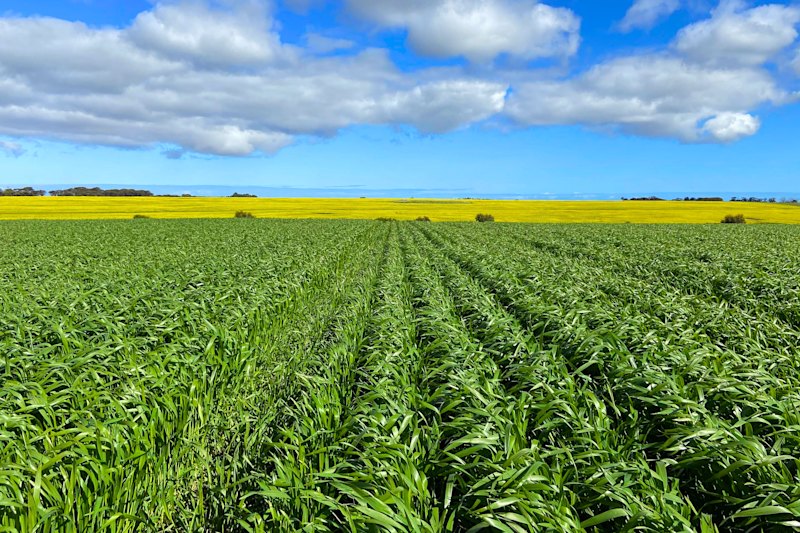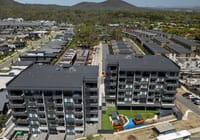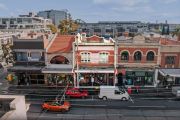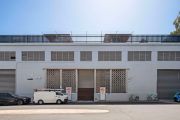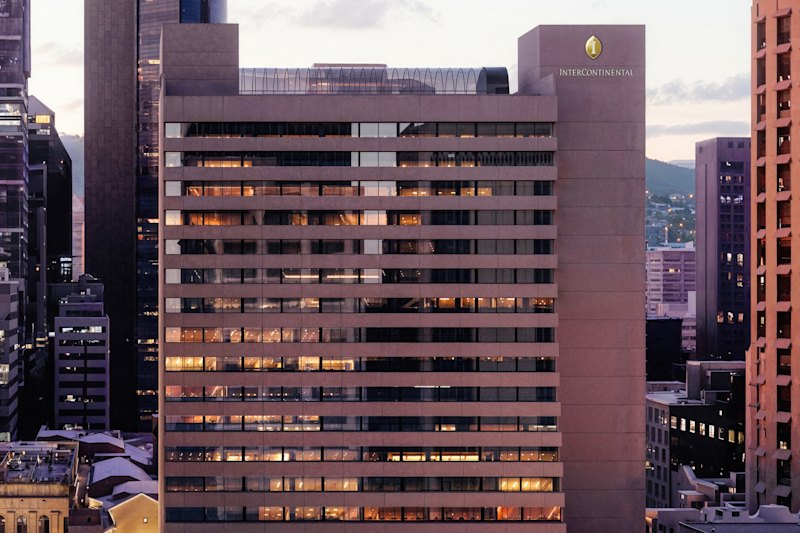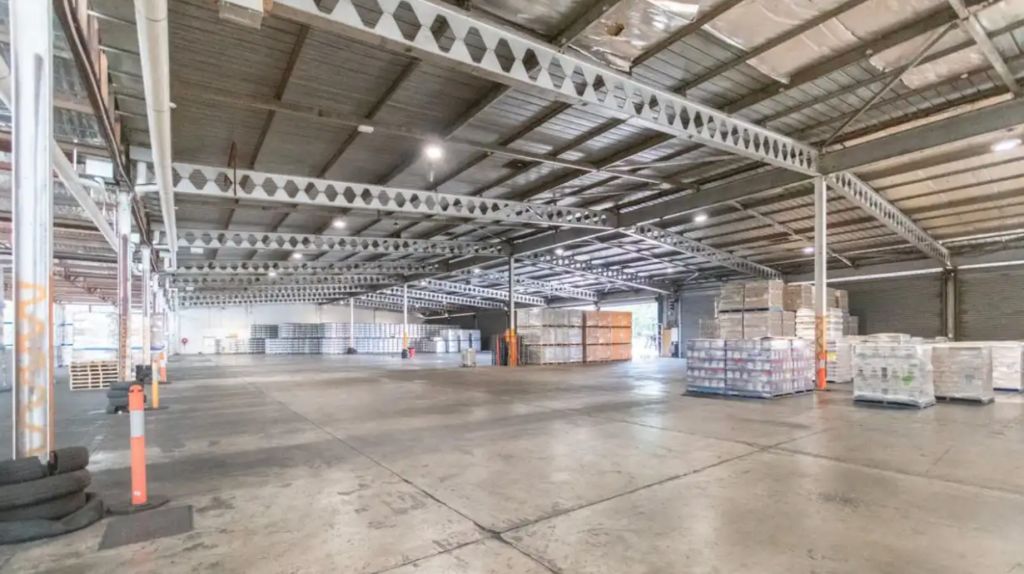
Australia's industrial property market ‘tightest in the world'
Rising demand for warehouse space, driven by the growth of ecommerce and onshoring, has sent national industrial vacancy rates tumbling to just 0.8 per cent, making Australia the tightest logistics market in the world.
Over the first half of 2022, the national industrial vacancy rate for warehouses of 5000 square metres and more fell 50 basis points from an already tight 1.3 per cent in December, according to new research from CBRE.
That makes Australia the nation with the lowest industrial vacancy rate, ahead of Sweden (1.1 per cent), Belgium (1.3 per cent), Britain (1.6 per cent) and Hong Kong (2.3 per cent). The global average at the end of June was 2.7 per cent.
“Although vacancy rates around the globe have also fallen over the past 12 months in particular, Australia now has the lowest national vacancy rate globally, and Sydney [at 0.3 per cent, down 10 basis points] the lowest vacancy rate of any city,” said Sass J-Baleh, CBRE’s head of industrial and logistics research.
All the major capital cities recorded falls in vacancy rates over the first half of 2022, led by Perth which registered a 130 basis points contraction to 0.5 per cent.
Like Sydney, Ms J-Baleh said, Perth was suffering from a lack of new supply and “essentially non-existent” speculative development.
“The supply coming on this year in Perth is already about 80 per cent pre-committed,” she added.
Melbourne recorded the smallest drop in vacancy from 1.3 per cent to 1.1 per cent, while Brisbane tightened from 2.3 per cent to 1.4 per cent and Adelaide from 1.6 per cent to 0.9 per cent.
With all capital cities facing a “chronic undersupply” of warehouse space, super prime industrial rents (those for new, state-of-the-art sheds) surged 13 per in the 12 months to June, according to CBRE.
Super prime rental growth was most pronounced in Sydney at 23 per cent year-on-year, followed by a 17 per cent rise in Perth and 14 per cent in Melbourne.
“We expect demand to continue to outpace supply this year and into 2023, and we are seeing rental growth above CBRE Research forecasts,” said Cameron Grier, regional director of CBRE Industrial and Logistics in the Pacific.
“Only occupiers with the strongest [leasing] covenants are winning the right space.”
Adding to the challenges of companies seeking warehouse space is a lack of speculative development and high pre-leasing occupancy on new builds.
“Speculative developments only account for 33 per cent of the floor space in Australia’s pipeline, compared with 76 per cent in the USA, 57 per cent in the UK, 48 per cent in Spain and 43 per cent in Germany,” Ms J-Baleh said.
A lack of supply, meant net absorption of warehouse space – space occupied minus space vacated – fell 40 per cent to 1.4 million over the first half of 2022 compared with a year ago.
Leasing deals struck over the past month include a global homewares business, The Décor Corporation, committing to a 14,244 sq m new distribution centre and head office at Frasers Property Industrial’s Rubix Connect estate in Melbourne’s Dandenong South.
“We continue to see super prime industrial stock in Melbourne’s south-east lease well-before a shovel is ever put in the ground,” said CBRE’s David Aiello who negotiated the deal.


